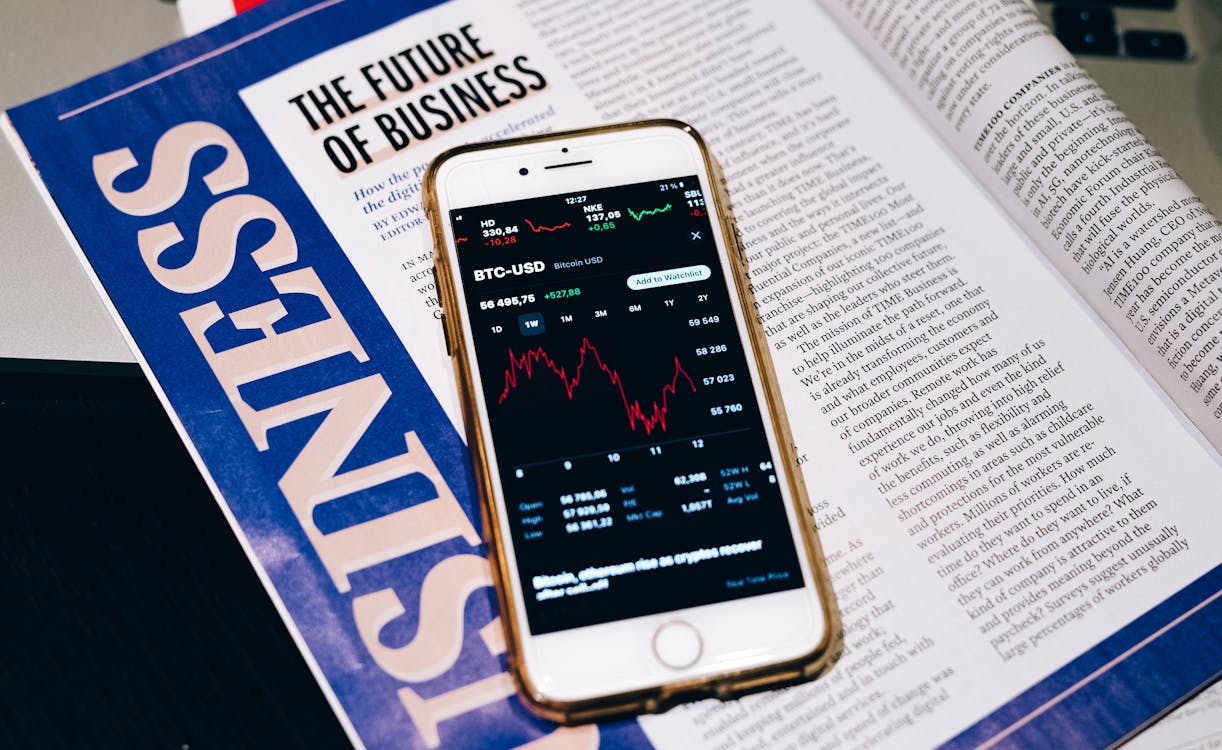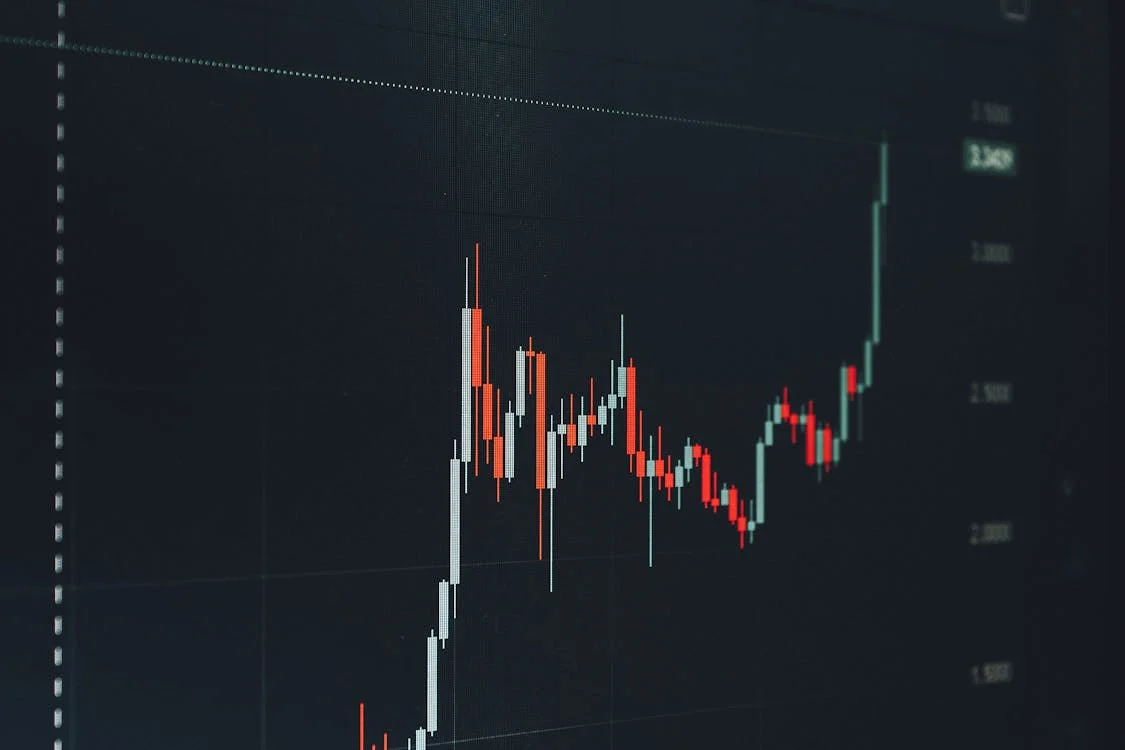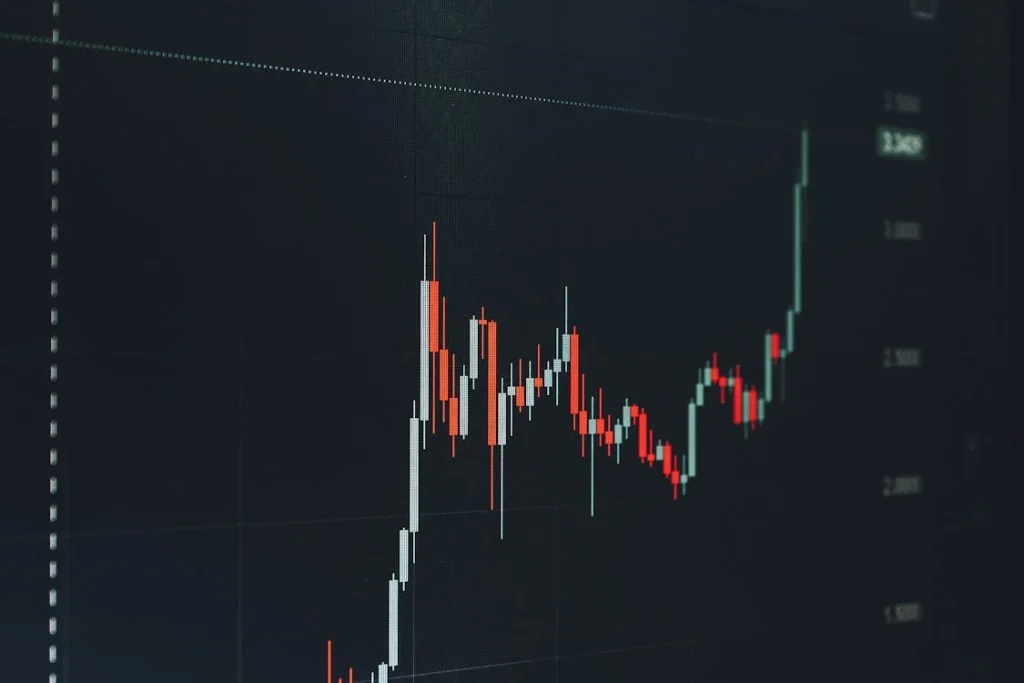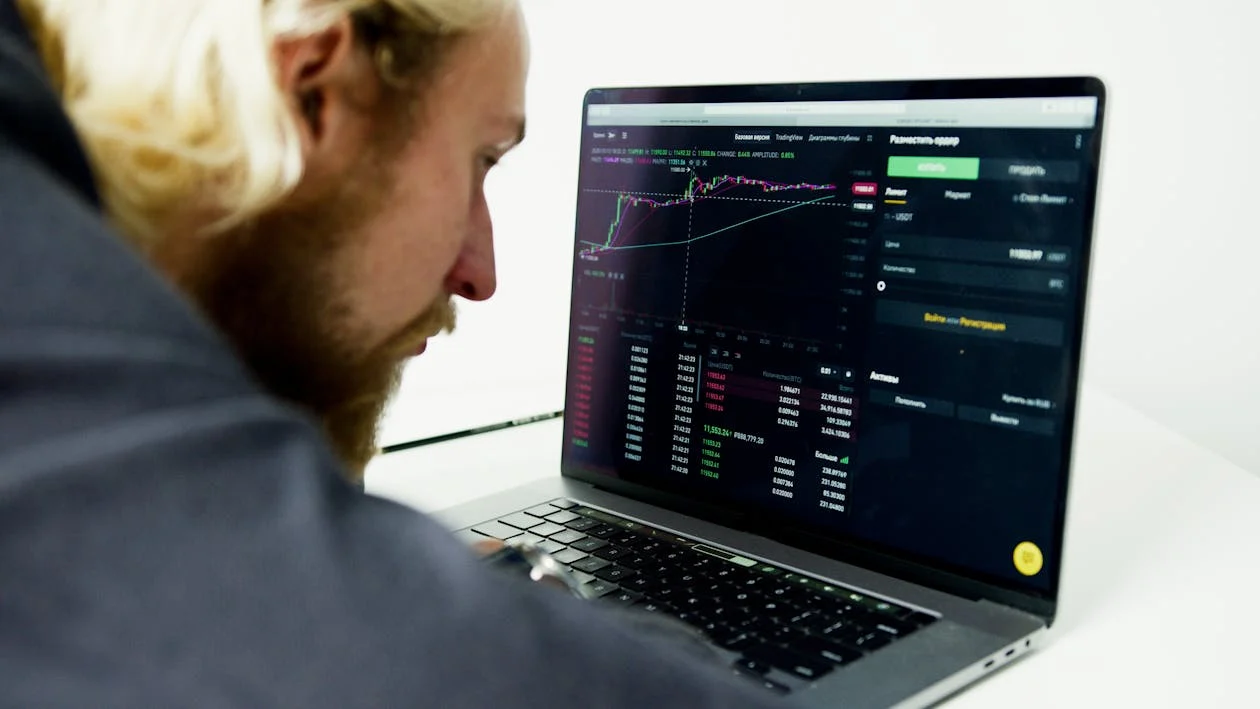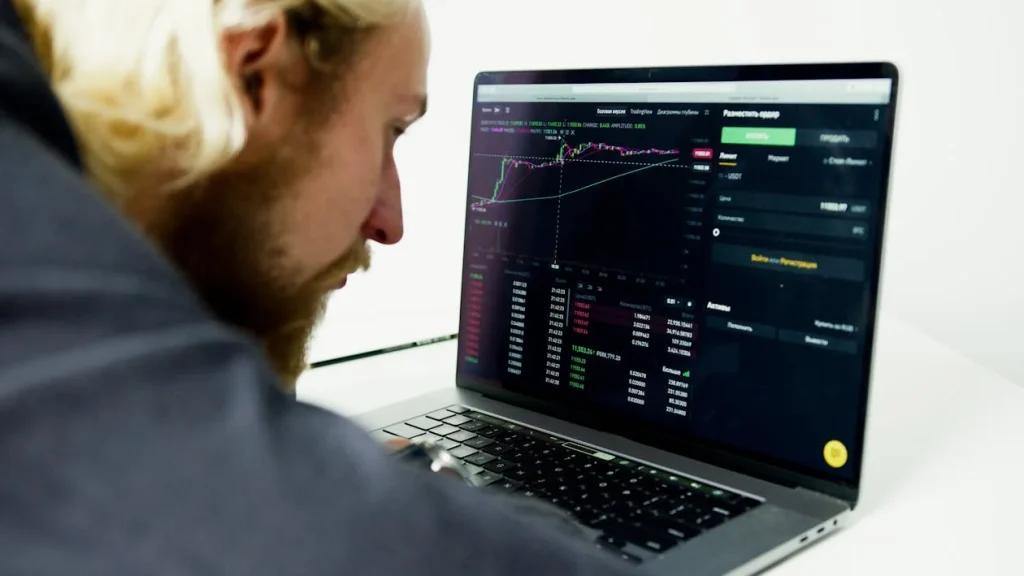The Essential Guide to Forex Trading: Strategies, Risks, and Opportunities
Forex trading, often referred to as currency trading, is the global marketplace where currencies are bought and sold. It’s the largest and most liquid financial market in the world, with an estimated daily trading volume exceeding $6 trillion. Despite its massive size and appeal, Forex trading requires a deep understanding of market dynamics, risk management, and emotional discipline.
In this guide, we will explore what Forex trading is, the strategies used by successful traders, the risks involved, and the opportunities that can help you become a proficient trader. Whether you’re a beginner or an experienced trader, there’s always more to learn and improve in the Forex market.
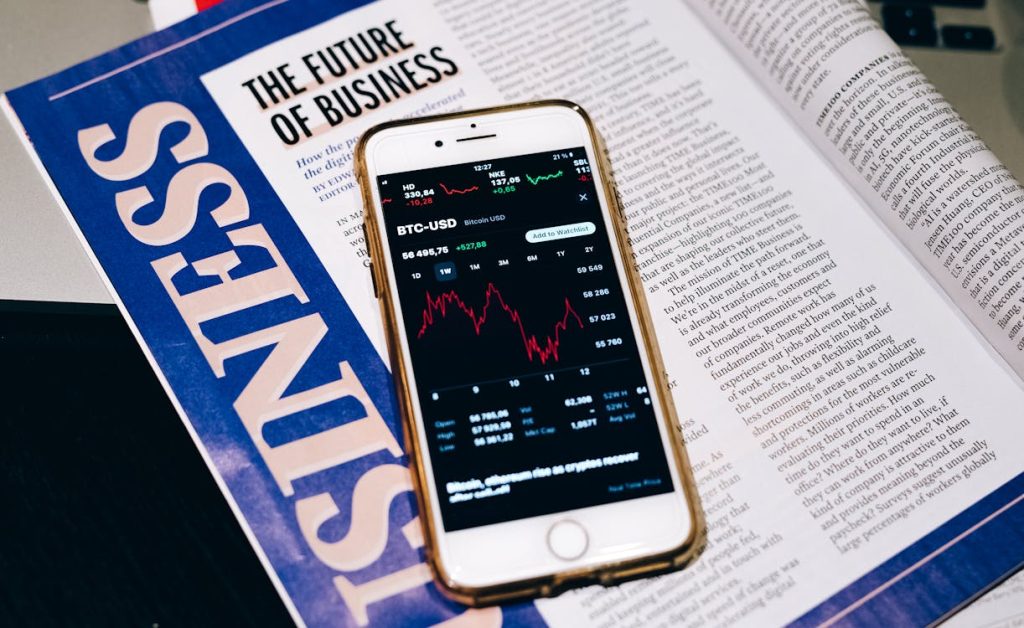
What is Forex Trading?
Forex trading involves the buying and selling of currencies in pairs, such as EUR/USD, GBP/USD, or USD/JPY. These pairs are traded on the Forex market, which is decentralized and operates 24 hours a day, five days a week. Traders aim to profit from the fluctuations in currency prices by buying a currency pair when they believe its value will increase, and selling it when they anticipate a decline in value.
The Forex market is unique in that it involves the exchange of currencies from various countries. This makes it highly influenced by global events, economic factors, and geopolitical developments. Traders need to be informed about these factors to anticipate market movements and make informed decisions.
Forex Trading Strategies
There are several strategies employed by traders to profit in the Forex market. The most common approaches include:
- Technical Analysis: This involves using historical price data, charts, and technical indicators to predict future price movements. Popular tools include moving averages, Bollinger Bands, and Relative Strength Index (RSI).
- Fundamental Analysis: Traders who use fundamental analysis focus on economic indicators such as inflation rates, interest rates, GDP, and political events that can impact currency values.
- Price Action Trading: Price action traders rely on the movement of price on the charts without the use of technical indicators. They study candlestick patterns and other chart formations to make trading decisions.
- Day Trading: Day traders open and close positions within the same day, looking to profit from short-term price movements. This requires a keen understanding of market trends and quick decision-making skills.
- Swing Trading: Swing traders hold positions for several days or weeks, aiming to profit from larger market swings. This strategy is less time-sensitive than day trading, but it requires careful analysis and patience.
Risks and Rewards in Forex Trading
Like any form of trading, Forex carries a significant amount of risk. The high liquidity of the market means that it can be highly volatile, and prices can change rapidly within minutes. Without proper risk management, traders can easily lose a large portion of their investment.
One of the main risks of Forex trading is leverage. Leverage allows traders to control larger positions with a small initial margin. While this can lead to higher profits, it also increases the potential for significant losses. Traders must exercise caution and avoid using excessive leverage without a clear strategy and risk management plan.
That said, Forex also offers substantial rewards. With the right strategy, discipline, and education, traders can profit from both rising and falling markets. The ability to trade 24/5 also offers opportunities to capitalize on global market movements around the clock.
Risk Management: The Key to Success
Effective risk management is crucial in Forex trading. A well-structured risk management plan can help protect your capital from large losses and ensure that you stay in the game for the long haul. Some important risk management techniques include:
- Stop-Loss Orders: Setting a stop-loss order ensures that you automatically exit a trade if the market moves against you by a specified amount. This helps limit potential losses and prevents emotional decision-making.
- Position Sizing: This refers to determining the size of each trade relative to your overall account balance. Risking no more than 1-2% of your capital on a single trade helps manage the risk while allowing you to survive losing streaks.
- Risk-to-Reward Ratio: A solid risk-to-reward ratio, such as 1:2 or 1:3, ensures that the potential rewards outweigh the risks. This means that for every dollar you risk, you aim to make two or three dollars in profit.
Understanding Market Trends and Sentiment
Understanding market trends and sentiment is essential for successful Forex trading. The Forex market is influenced by a variety of factors, including economic data releases, geopolitical events, and market sentiment. Traders must pay attention to the broader economic environment, as well as news and events that can cause rapid fluctuations in currency prices.
Identifying trends and trading with the market’s momentum can increase the chances of success. Trend-following strategies, which involve buying during uptrends and selling during downtrends, can be highly effective in the right market conditions. However, traders must be aware of trend reversals and market corrections, as these can lead to significant losses if not managed properly.
Forex Trading Platforms and Tools
Choosing the right trading platform is crucial for executing your trades effectively. Many Forex brokers offer proprietary platforms or third-party platforms like MetaTrader 4 (MT4) or MetaTrader 5 (MT5). These platforms provide access to real-time market data, charting tools, and order execution features, making it easier to analyze the market and place trades.
In addition to trading platforms, there are various tools available to enhance your trading strategy, such as Forex signals, economic calendars, and news feeds. These tools can provide valuable insights and help you stay on top of market movements in real time.
